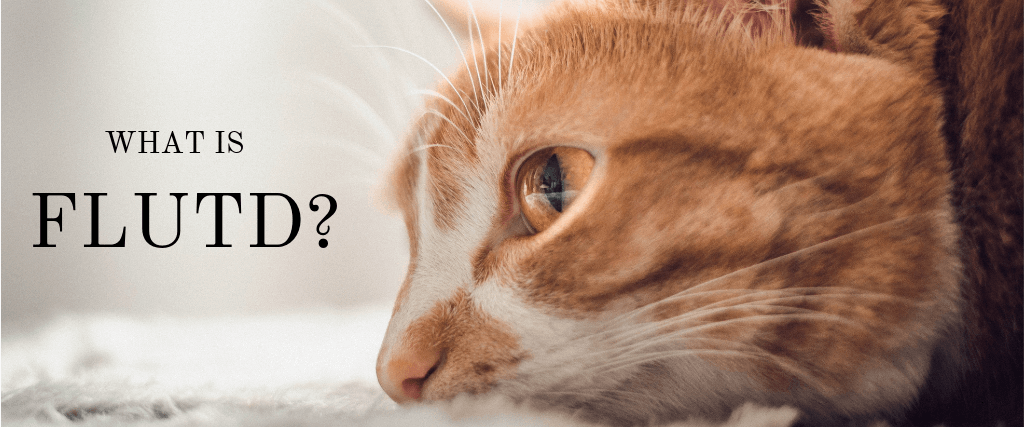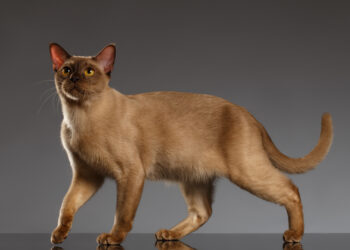FLUTD, or Feline Lower Urinary Tract Disease, is a common health issue among cats. Understanding its signs and symptoms is crucial for early detection and treatment. In this article, we’ll explore the various indicators of FLUTD and provide insights on how to recognize them.
What is FLUTD?
FLUTD encompasses a range of conditions affecting the bladder and urethra in cats. It’s a painful and potentially life-threatening condition that requires prompt veterinary attention.

Types of FLUTD
There are several types of FLUTD, including urinary tract infections (UTIs), urinary blockages, bladder stones, and interstitial cystitis.
Signs and Symptoms
Recognizing the signs of FLUTD can be challenging, as they may vary depending on the underlying cause. However, there are common symptoms to watch out for:
1. Frequent Urination
Cats with FLUTD may urinate more frequently than usual. They may also exhibit straining or discomfort while urinating.
2. Blood in Urine
Hematuria, or blood in the urine, is a significant indicator of FLUTD. It may appear as pink or red discoloration in the litter box.
3. Urinary Accidents
Accidents outside the litter box, especially in previously trained cats, could signal FLUTD. This behavior may indicate discomfort associated with urination.
4. Licking Genital Area
Excessive grooming of the genital area can be a sign of discomfort or irritation in the urinary tract.
5. Vocalization
Cats in pain may vocalize more than usual. Meowing, yowling, or vocalizing during urination could indicate FLUTD.
6. Reduced Appetite
Loss of appetite is a common symptom of many feline illnesses, including FLUTD. Cats may avoid eating due to discomfort or nausea.
7. Lethargy
A lethargic demeanor, decreased activity levels, or reluctance to move could indicate underlying health issues, including FLUTD.

Risk Factors
Certain factors increase a cat’s risk of developing FLUTD:
1. Diet
Poor diet, especially diets high in magnesium or ash content, can contribute to FLUTD by promoting the formation of urinary crystals or stones.
2. Dehydration
Inadequate water intake can lead to concentrated urine, increasing the risk of urinary tract issues.
3. Stress
Stressful environments or changes in routine can trigger FLUTD episodes in susceptible cats.

Prevention and Treatment
Preventing FLUTD involves addressing risk factors and promoting urinary tract health:
1. Hydration
Ensure your cat has access to fresh, clean water at all times to promote proper hydration.
2. Balanced Diet
Feed your cat a balanced diet formulated to support urinary tract health, avoiding diets high in magnesium or ash content.
3. Environmental Enrichment
Reduce stress by providing a stimulating environment with opportunities for play, exercise, and mental stimulation.
4. Regular Veterinary Checkups
Schedule routine checkups with your veterinarian to monitor your cat’s health and address any concerns promptly.
Conclusion
Recognizing the signs of FLUTD is essential for early intervention and treatment. By staying vigilant and understanding the symptoms, cat owners can help ensure their feline companions receive the care they need to maintain urinary tract health.
FAQs (Frequently Asked Questions)
- Q: Can FLUTD be fatal? A: Yes, if left untreated, FLUTD can lead to serious complications, including kidney damage and even death.
- Q: Is FLUTD more common in male or female cats? A: Male cats are more prone to urinary blockages due to their narrower urethras, but FLUTD can affect cats of any gender.
- Q: Can stress trigger FLUTD episodes? A: Yes, stress is a known risk factor for FLUTD and can exacerbate symptoms in susceptible cats.
- Q: How is FLUTD diagnosed? A: Diagnosis typically involves a physical examination, urinalysis, and sometimes imaging tests like X-rays or ultrasound.
- Q: What are the treatment options for FLUTD? A: Treatment may include medication, dietary changes, increased water intake, and in severe cases, surgical intervention.





















